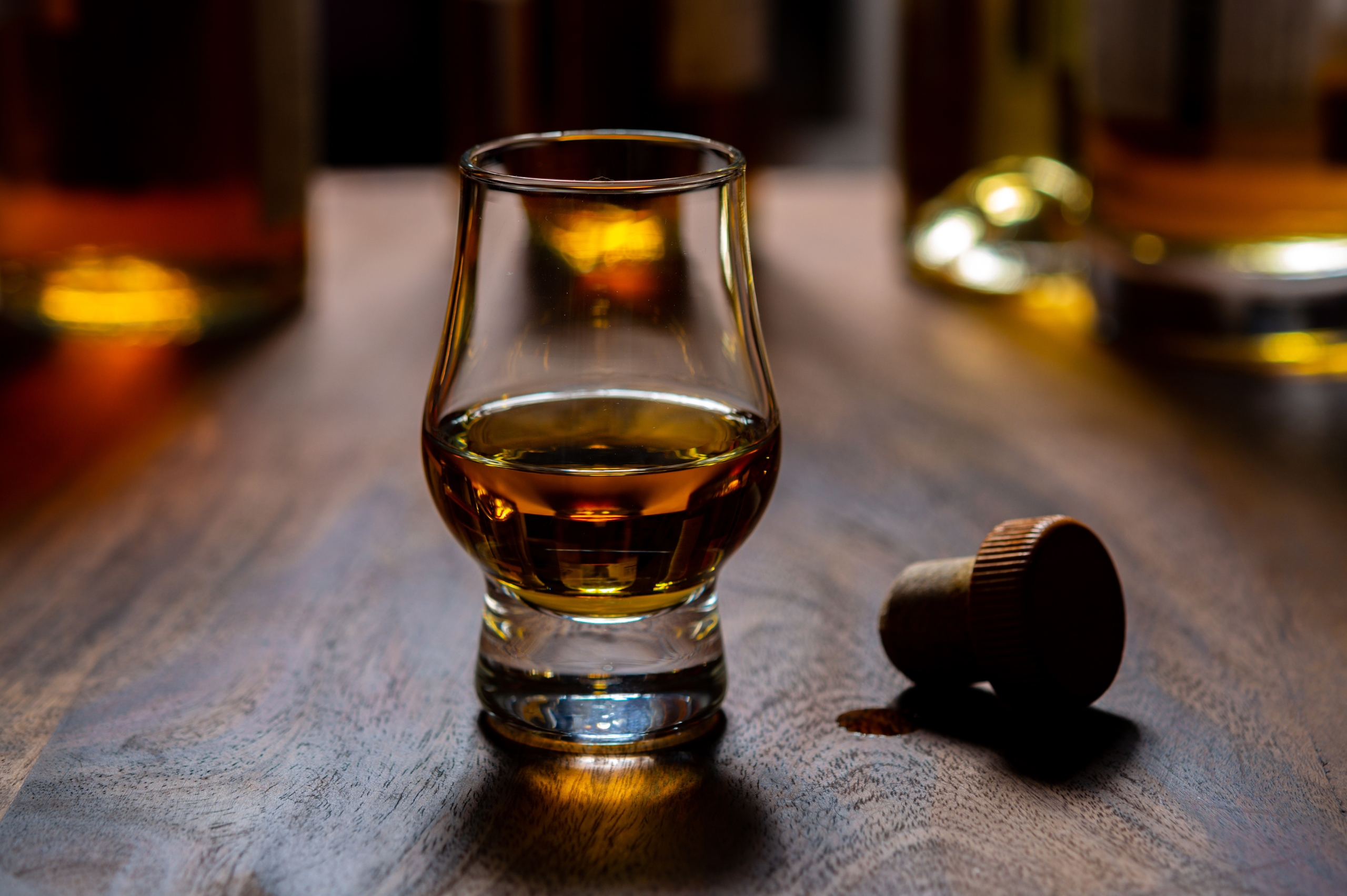Much like with cask investment companies such as Whisky 1901, the emergence of new whisky auction websites has made investing in whisky or selling your precious bottle easier than ever before.
In both cases, some companies are better than others. Researching who you plan to buy or sell from before embarking on your journey is advisable for best results.
But what should you look out for when buying or selling your bottles? Here are a few suggestions to get you started.
1. Old bottlings
It makes sense that old and rare whiskies are going to do well for investment purposes or at auction. Typically, anything vintage is always desirable and tends to gain wealth the further removed it becomes from its original point of release. Vintage examples of the big whisky names, be it blended Scotch or single malt, are having their time in the sun. And you can pick up some surprising bargains.
These include old retro bottlings from the 1960s, 1970s and 1980s from brands such as Johnnie Walker, Chivas Regal, and other popular blends. They taste different to modern versions and reflect a time when whisky making was more hands on and erratic, rather than produced using today’s technological and analytical approaches.
A great way to step back into a bygone era, but without breaking the bank.
2. Closed distilleries
Whiskies from closed distilleries are well worth considering. The Scotch whisky industry was hit particularly hard in the 1980s and 1990s, resulting in a devastating slump. Numerous distilleries ceased production during this time. Some were never to return; some have been reborn. As stocks dwindle and interest in such brands increases, prices have climbed rapidly.
Easy wins include anything from now-fabled distilleries such as Brora, Port Ellen, and Rosebank. These consistently perform well at auction, but you will have to pay a pretty penny. However, you can pick up lesser-known bargains, such as Caperdonich or Convalmore from Speyside, with a bit of extra research. The whiskies are equally as good but do not have the same hype surrounding them.
3. Current players
The realm of old or rare whiskies is not the only area worth considering for investment via auction. Modern-day classics can pull some of the biggest prices. Certain distilleries lead the way in their desirability for collectors and ‘flippers’ – the name given to someone who buys a bottle and then places it immediately on an auction site to gain instant profit.
This is particularly true if one of the desirable distilleries releases a limited edition or single-cask bottling. Prices can skyrocket on the auction market with some whiskies doubling or tripling in price over night. Key names to look out for here are single malts from Ardbeg, Dalmore, Glendronach, Macallan and Springbank. Others, such as Glenallachie and Lagavulin, are also starting to creep up in value and status.
4. The new breed
A current new wave of craft and artisan distilleries are popping up around the world. Some are even gaining cult status for investment purposes. Inaugural releases from craft distilleries have always been popular. Everyone wants to try the first whisky from a new place, right? But there is a growing trend of collectors and whisky fans jumping on certain brands as they evolve beyond those early bottlings.
Distilleries to pay attention to are Bimber from London, plus Daftmill and Raasay from Scotland. All have gained considerable traction over the last couple of years. Recent limited-edition releases and single-cask single malts from each have accumulated significant wealth in the collectors’ marketplace. They are currently some of the best performing products across many auction sites.




